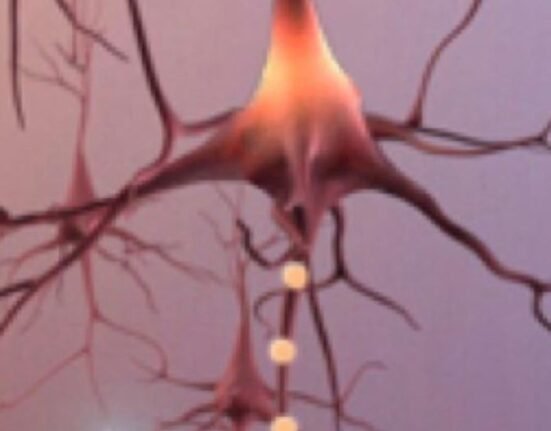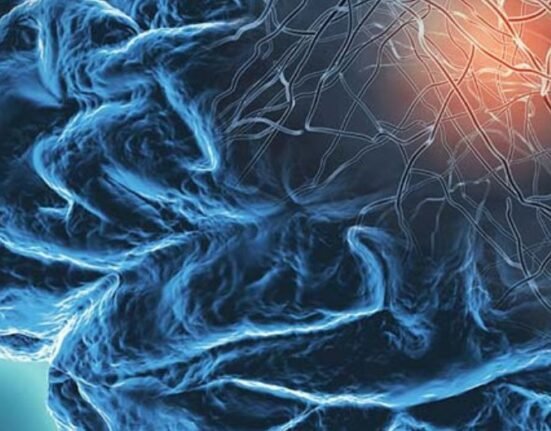August 19, 2024: Alzheimer’s is the most common form of dementia, but there is no known cure for the disease yet, though medicines can slow its progress. Some 55 million people worldwide suffer from dementia.
Alzheimer’s is associated with memory loss, cognitive deficits, spatial imbalance and reading and speech disabilities.
Present treatments include monoclonal antibody drugs that help clear the amyloid plaques which characterise Alzheimer’s disease but research has raised concerns about their side effects.
Gama oscillation-based study
Now a new mice study by researchers from the University of California, Los Angeles (UCLA), has found a molecule that restores cognitive function in Alzheimer’s by increasing gamma oscillations. These are a type of neural oscillation characterized by high frequencies ranging from 30 to 100 Hz. These oscillations are crucial for various cognitive functions and are associated with the synchronization of neuronal activity across different regions of the brain.
Gamma oscillations play a role in memory functions and instant recalls.
In the early stages of Alzheimer’s, these oscillations are reduced and this is an early marker of the disease. Previous studies have shown that stimulating these gamma oscillations using transcranial magnetic stimulation( rTMS) has helped improve their functioning.
The present study used an alternative method to activate these gamma oscillations— using a molecule that targeted fast-firing nerve cells that are critical in generating gamma oscillations.
DDL-920
The molecule, named DDL-920, acted on chemical receptors in these nerve cells called GABA that reduce the gamma oscillations. DDL-920 led to more powerful gamma oscillations from the nerve cells.
The researchers used an Alzheimer’s disease mouse model to determine the effectiveness of the molecule in improving cognitive functions. They gave DDL-920 orally twice a day to the Alzheimer’s mice model. This was tested against an AD model mice and wild-type mice which were given an inactive compound).
Then a maze test was carried out on the mice to assess their spatial learning and memory. They were trained to escape from the maze for several days and then the escape door was closed. Heir memory poser was assessed based on how much time the mice spent in and around the closed escape route.
The gamma oscillation-treated mice could recall the location of the escape route at the same rate as the wild mice. Untreated Alzheimer’s disease model mice took significantly longer.
It was evident that the DDL-920 enhanced memory and cognition by increasing gamma-oscillations and no side effects were observed.
Nascent stage
But the research team cautioned that the study was yet at the mouse model stage and further research and trials were needed to test the efficacy of the molecule in reversing cognitive function loss in Alzheimer sufferers.
They suggest that the study has great potential and DDL-920 could form the basis of new treatments to revitalize memory and cognition in Alzheimer’s disease.
The study is published in Proceedings of the National Academy of Sciences (PNAS).








